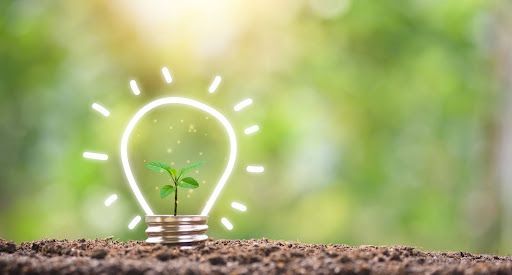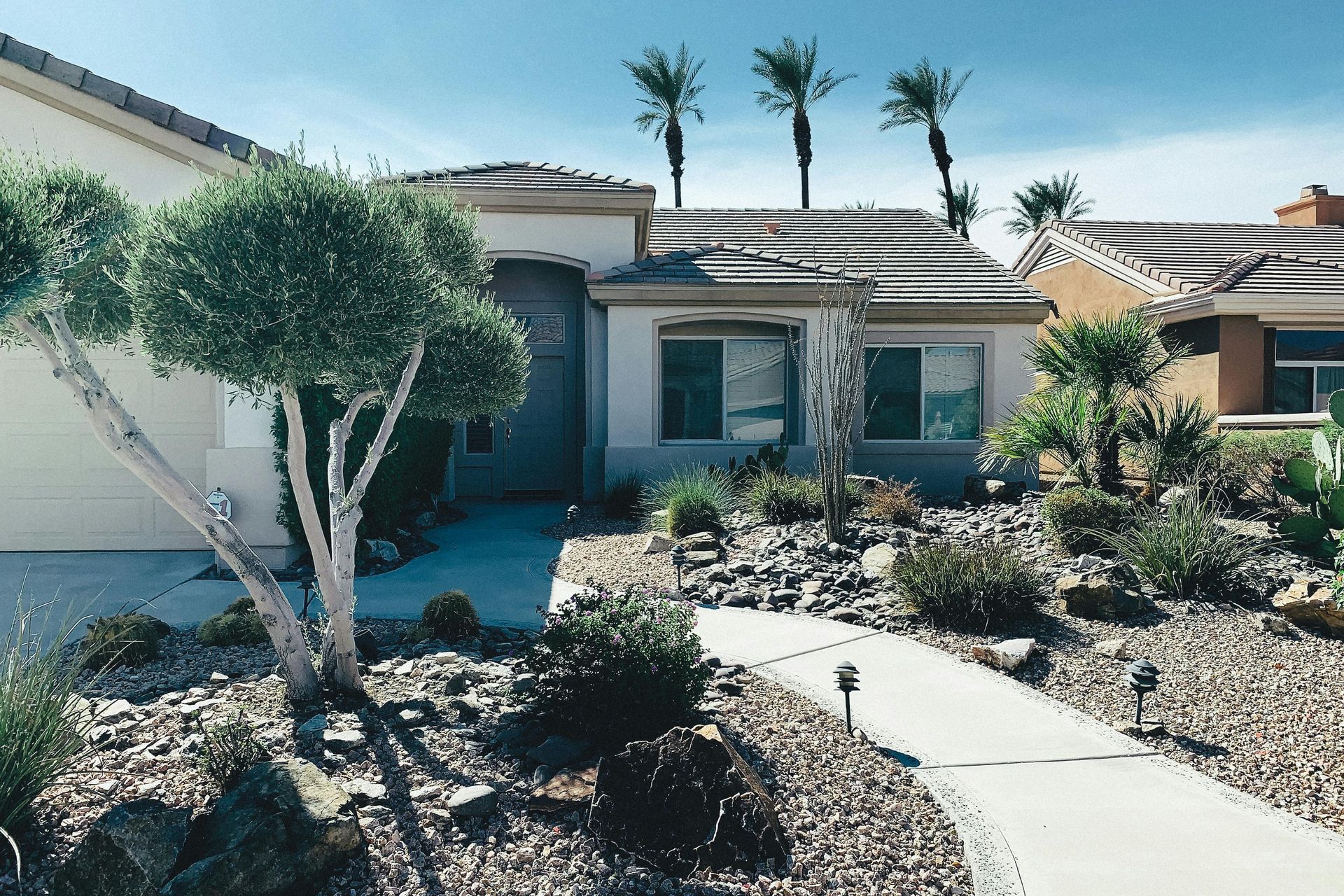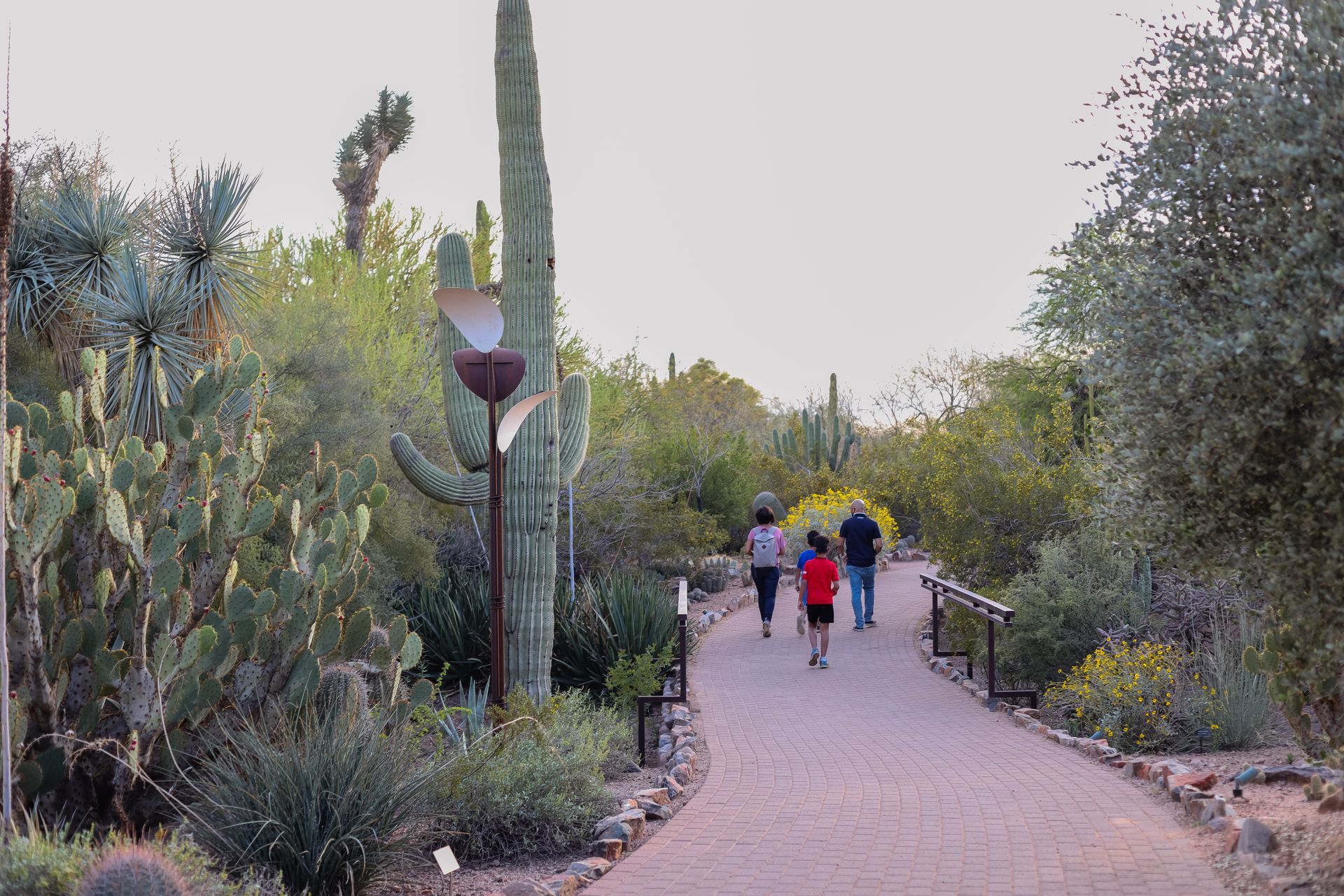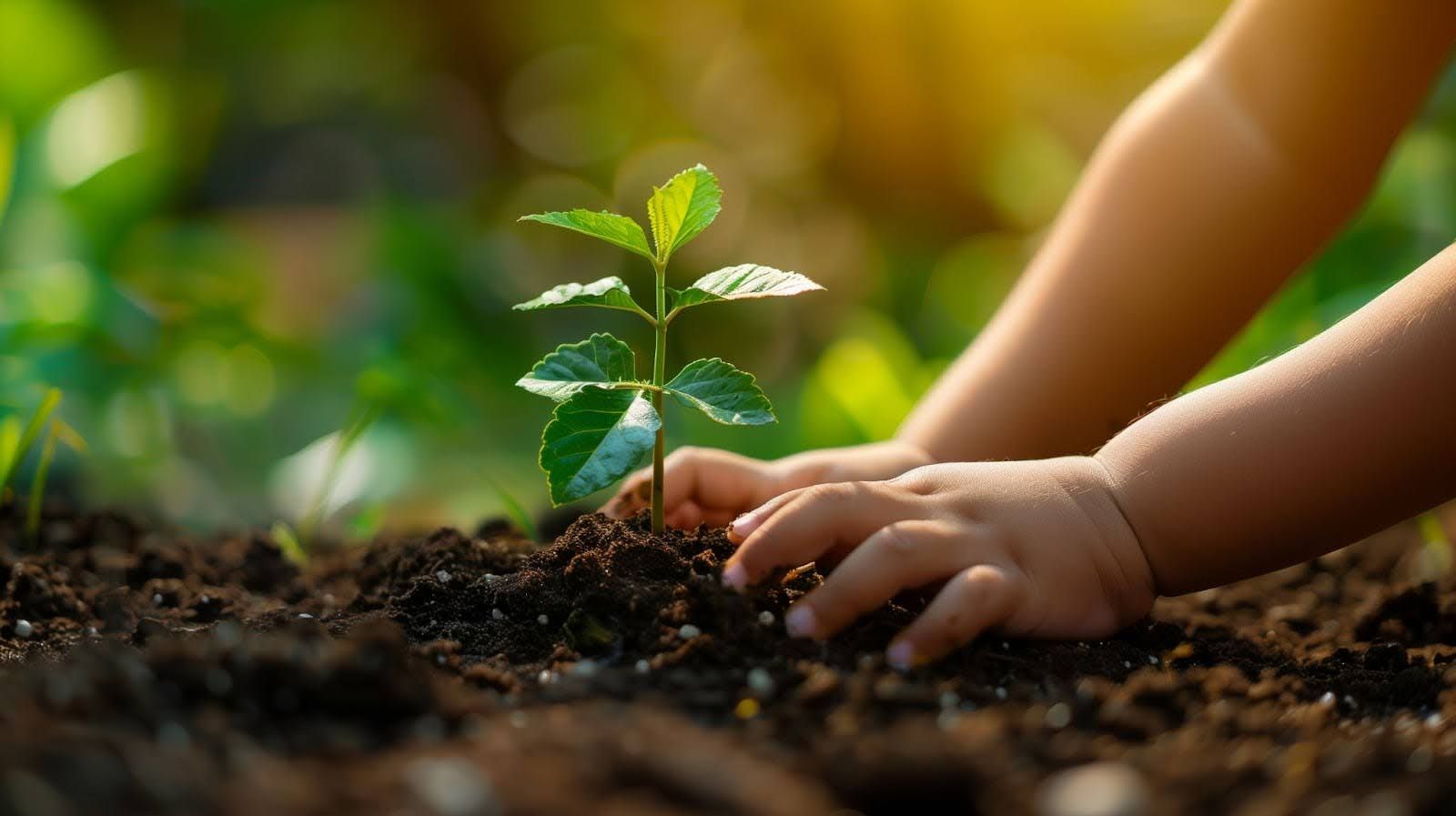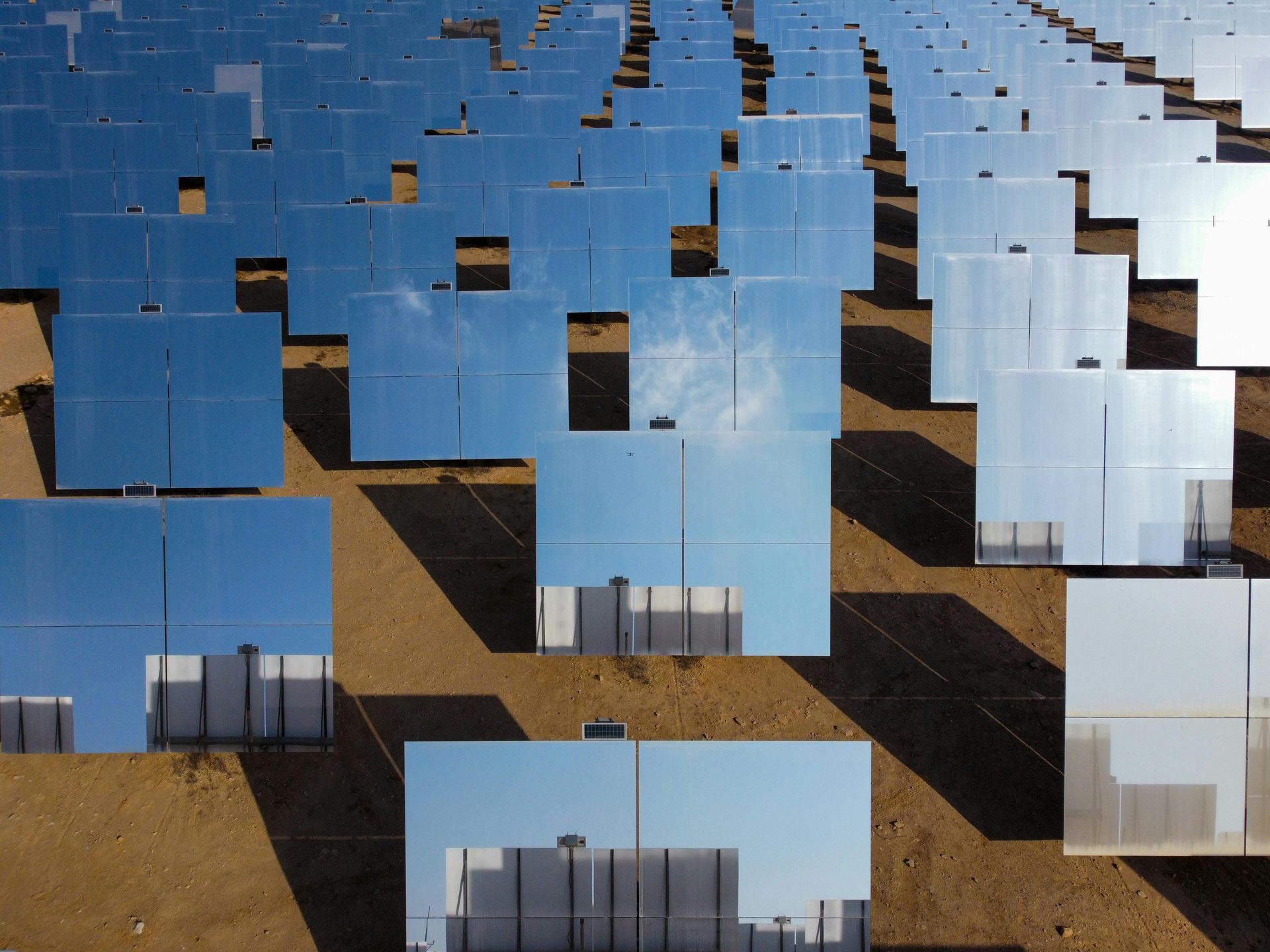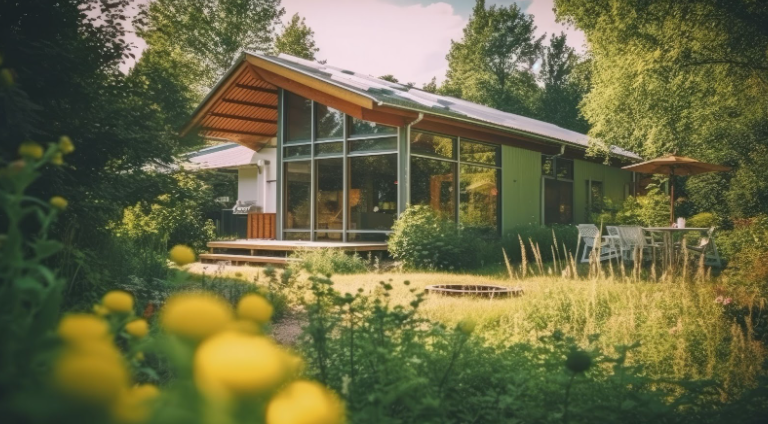Smart Watering Strategies for Arid Landscapes: A Guide
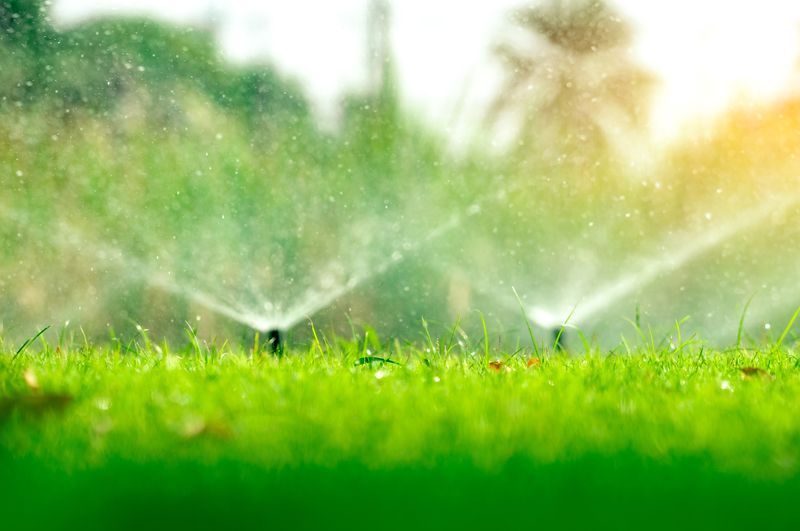
Landscaping in arid areas like Arizona poses unique challenges, with water conservation being at the forefront. Adopting efficient irrigation methods is not only eco-friendly but a necessity given the climate's scarce rainfall and high evaporation rates. This guide provides insights into the most effective watering strategies tailored to arid landscapes, ensuring that residents can sustain lush, healthy gardens while minimizing their water footprint. Techniques such as drip irrigation, optimal scheduling, and leveraging smart systems that integrate weather data will be explored to illustrate how proactive homeowners can cultivate vibrant landscapes in an environmentally conscious way.
Understanding Drip Irrigation
Drip irrigation stands out as one of the most water-wise strategies for arid regions. This system delivers water directly to the base of plants, reducing evaporation and runoff. By using a network of valves, tubing, and emitters, drip irrigation allows water to drip slowly to the roots of plants. This method is not only efficient but can also contribute to healthier plant growth by limiting the spread of weeds and diseases which thrive in wet foliage environments.
Timing is Everything: Watering Schedules to Reduce Waste
Timing irrigation is crucial to minimize water loss. Early morning or late evening watering is optimal as it prevents water from evaporating quickly due to the cooler temperatures and reduced wind speeds. Watering in the heat of the day should be avoided as a significant portion of the water will evaporate before it can be absorbed by the plants.
Additionally, adjusting watering schedules throughout the year to reflect seasonal changes in plant water needs can result in substantial water savings. Plants typically require less water during the cooler months and more during the hot and dry periods.
Smart Systems for Weather-Based Watering
Smart irrigation systems that adjust watering based on weather data are revolutionizing landscape management in arid environments. These systems use real-time data from weather stations or internet forecasts to tailor watering schedules. They can adjust for rainfall, humidity, temperature, and even soil moisture content. This technology ensures that plants receive the right amount of water at the right time, virtually eliminating waste.
Soil Moisture Sensors and Controllers
Soil moisture sensors are another critical component in water conservation. They measure the moisture content in the soil and relay this information to a controller, which can then determine whether watering is necessary. This prevents overwatering and promotes deeper root growth, leading to more drought-resistant landscapes.
The Role of Mulch in Water Retention
Mulching is a simple yet effective technique to improve water retention in the soil. Organic mulches such as wood chips or straw insulate the soil from extreme temperature fluctuations and reduce evaporation. These mulches break down over time, adding organic matter to the soil, which improves its ability to hold water.
Appropriate Plant Selection for Arid Conditions
Plant selection is also an integral part of smart watering strategies. Opting for native or drought-tolerant plants can greatly reduce the need for supplemental watering. These plants have adapted to thrive in arid conditions and, once established, can often survive on natural rainfall alone. Grouping plants with similar water needs together ensures that water is used most efficiently.
Irrigation System Maintenance
Regular maintenance of irrigation systems is essential to prevent leaks, blockages, and overwatering. Homeowners should check their systems periodically for signs of wear and tear, ensuring that all components function correctly. This includes cleaning filters, checking for leaks, and ensuring emitters are not clogged. An efficiently running system is fundamental to conserving water in an arid landscape.
Harvesting Rainwater for Landscape Use
Rainwater harvesting is a supplementary strategy for maximizing water resources in arid regions. Collecting rainwater from roofs and directing it to the landscape can provide an additional water source during drier times. This water can be stored in barrels or directed into passive systems such as rain gardens, further reducing the need for supplemental irrigation.
Educating on Best Practices
Education on best practices for watering in arid landscapes is just as important as the strategies themselves. Homeowners must be aware of the unique challenges of their environment and the most effective ways to address them. Workshops, community programs, and online resources can provide valuable knowledge on efficient watering techniques and how they can be implemented.
Residents of arid regions bear a special responsibility when it comes to water usage, particularly in their landscaping practices. Smart watering strategies are indispensable for maintaining beautiful and sustainable outdoor spaces. The implementation of drip irrigation and smart watering systems represents the cutting edge of resource conservation. When combined with tried-and-true methods like proper scheduling, mulching, and appropriate plant selection, these strategies constitute a comprehensive approach for any arid landscape homeowner. With diligent application and routine maintenance, these eco-friendly practices not only foster lush gardens but also support the broader goal of preserving the precious water resources essential to life in arid climates.
Ready to elevate your arid landscape while safeguarding the environment? Don't let water scarcity dictate the health of your landscape. Contact us today to learn more, and take the first step towards a more sustainable, vibrant outdoor space.
